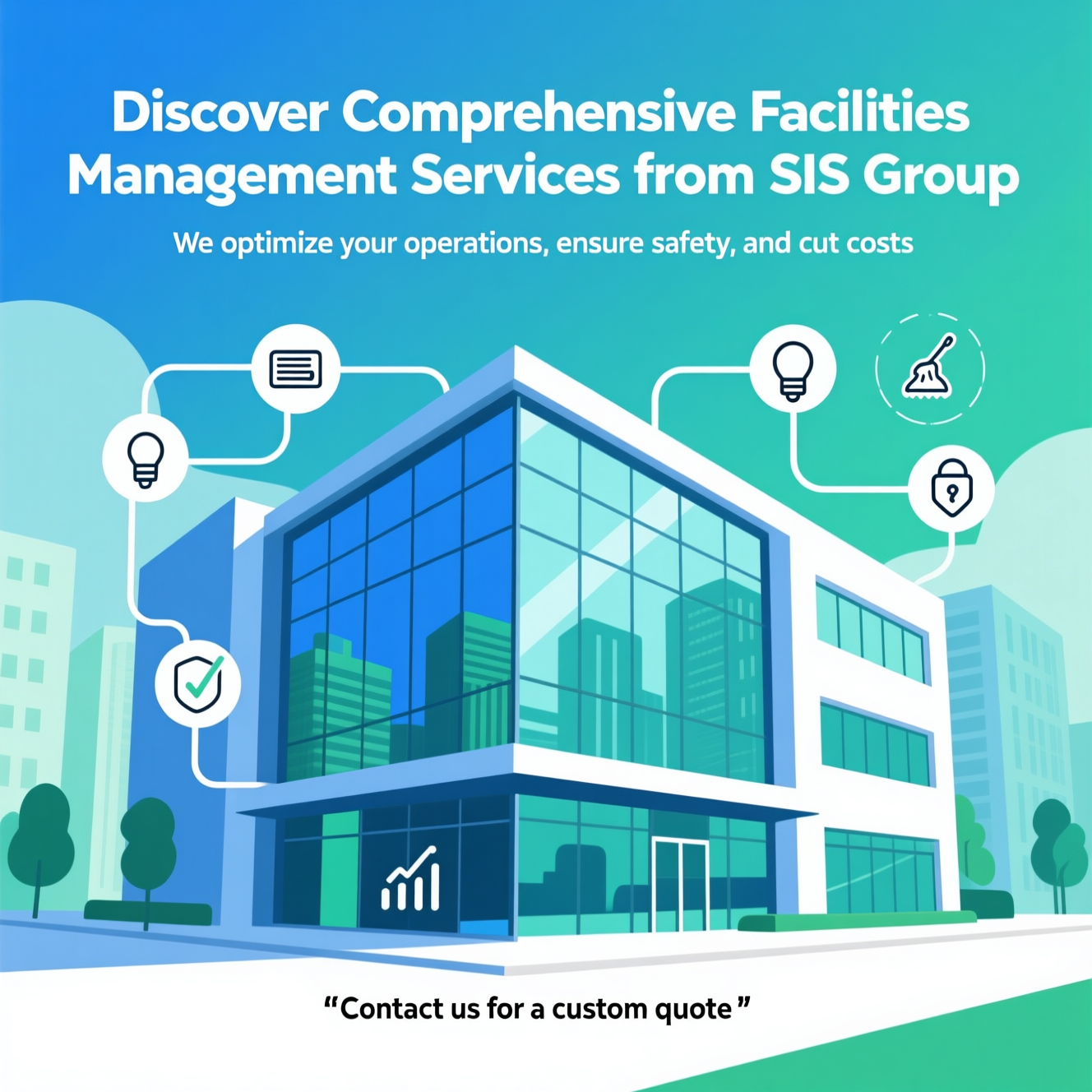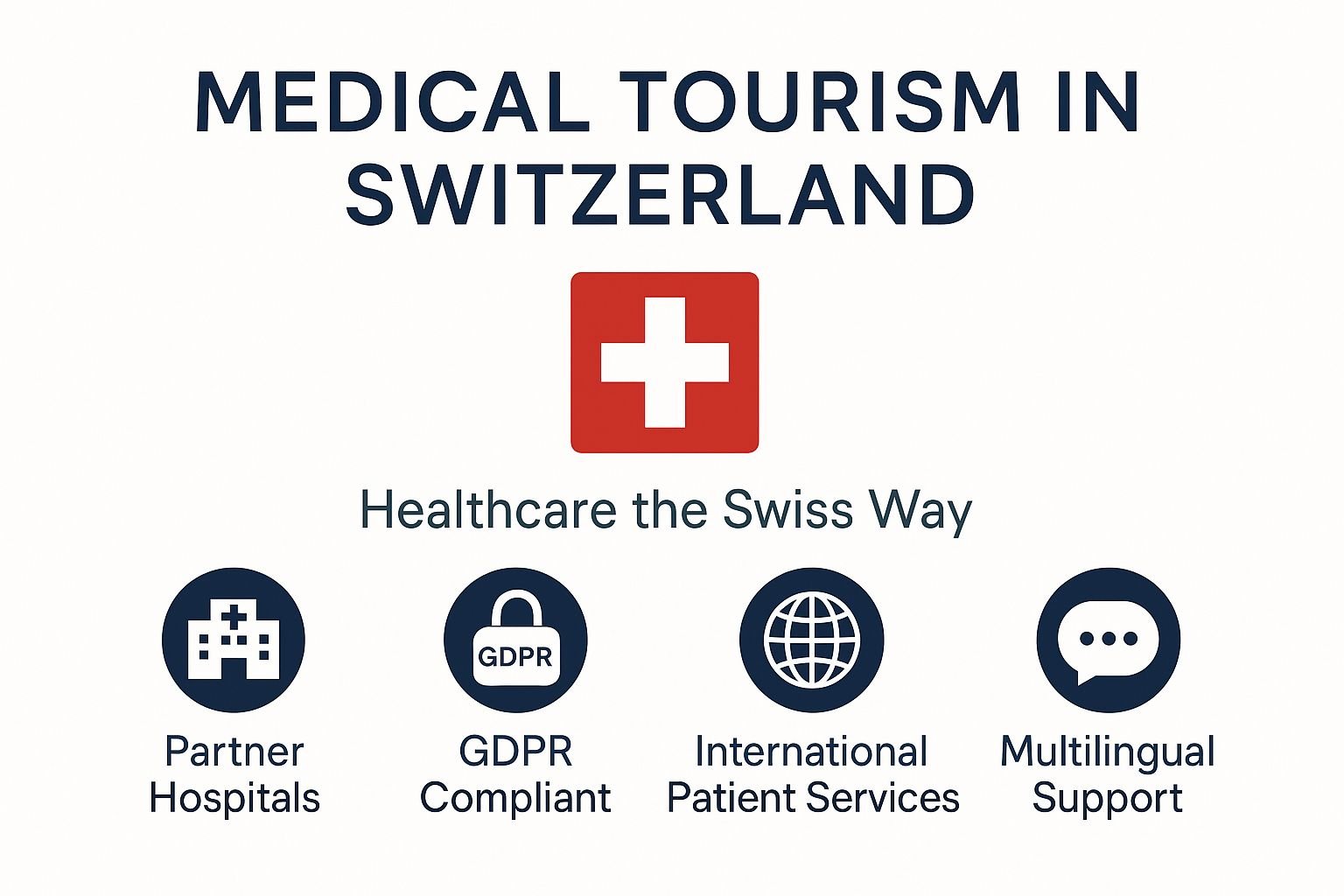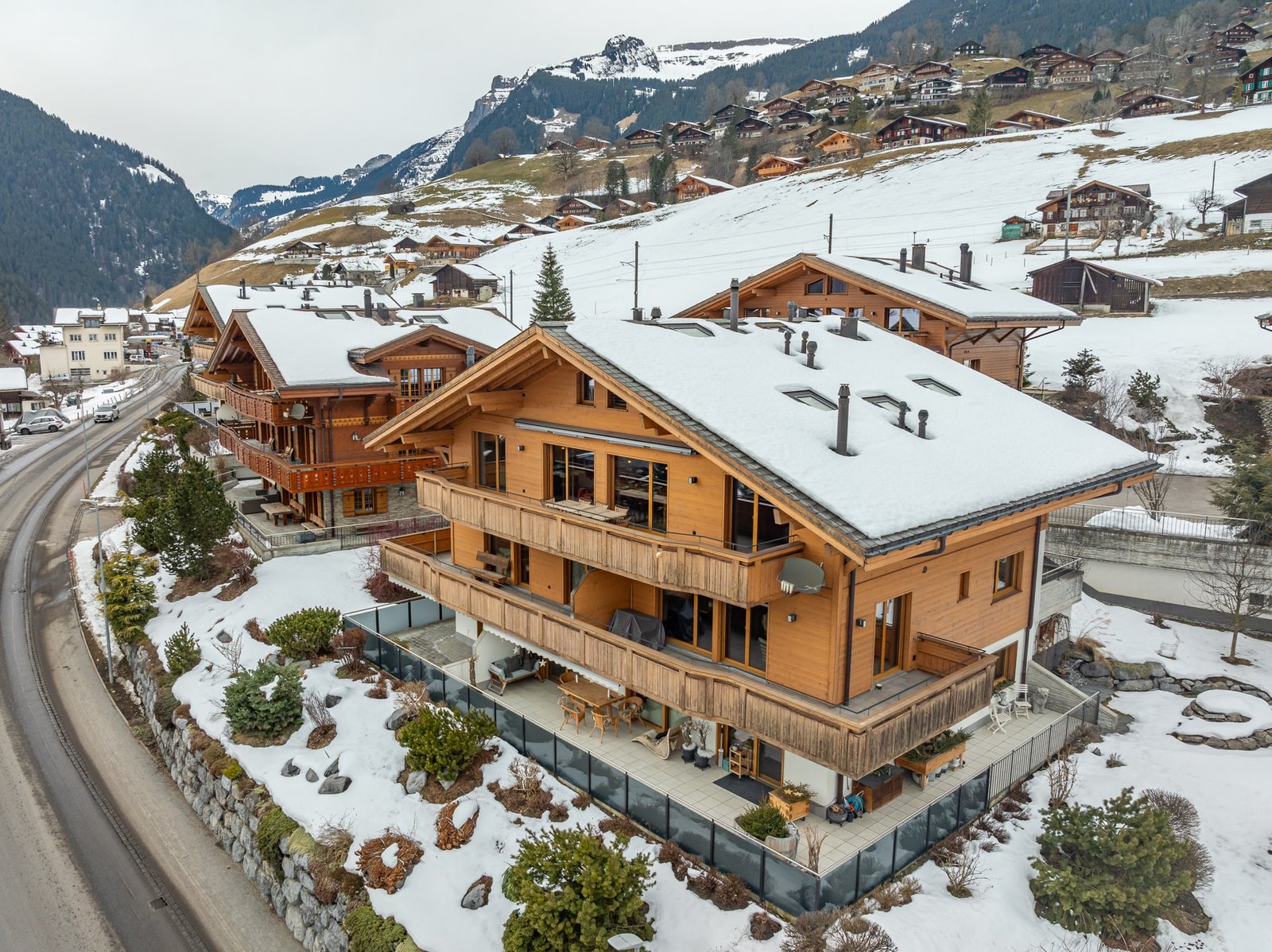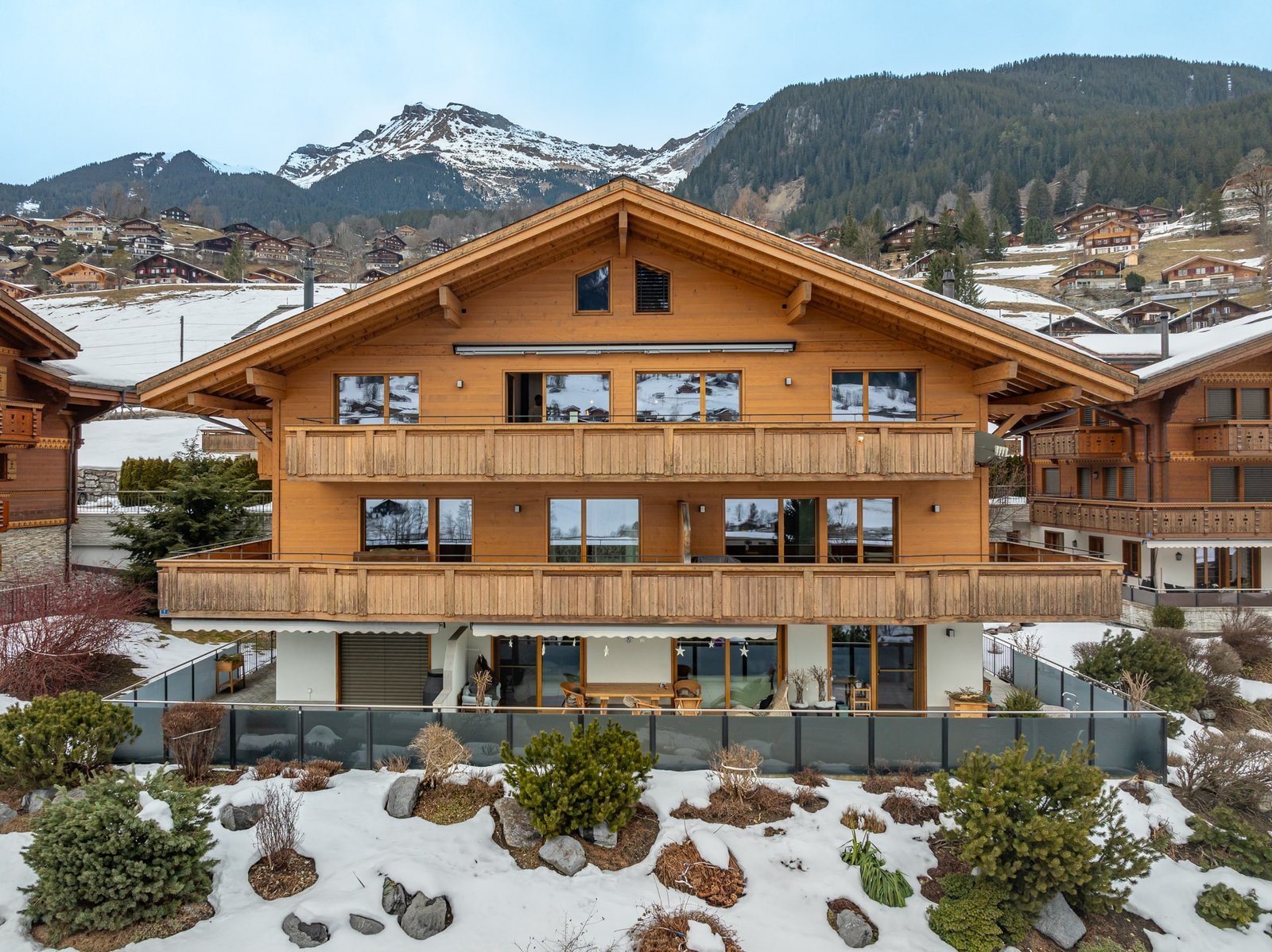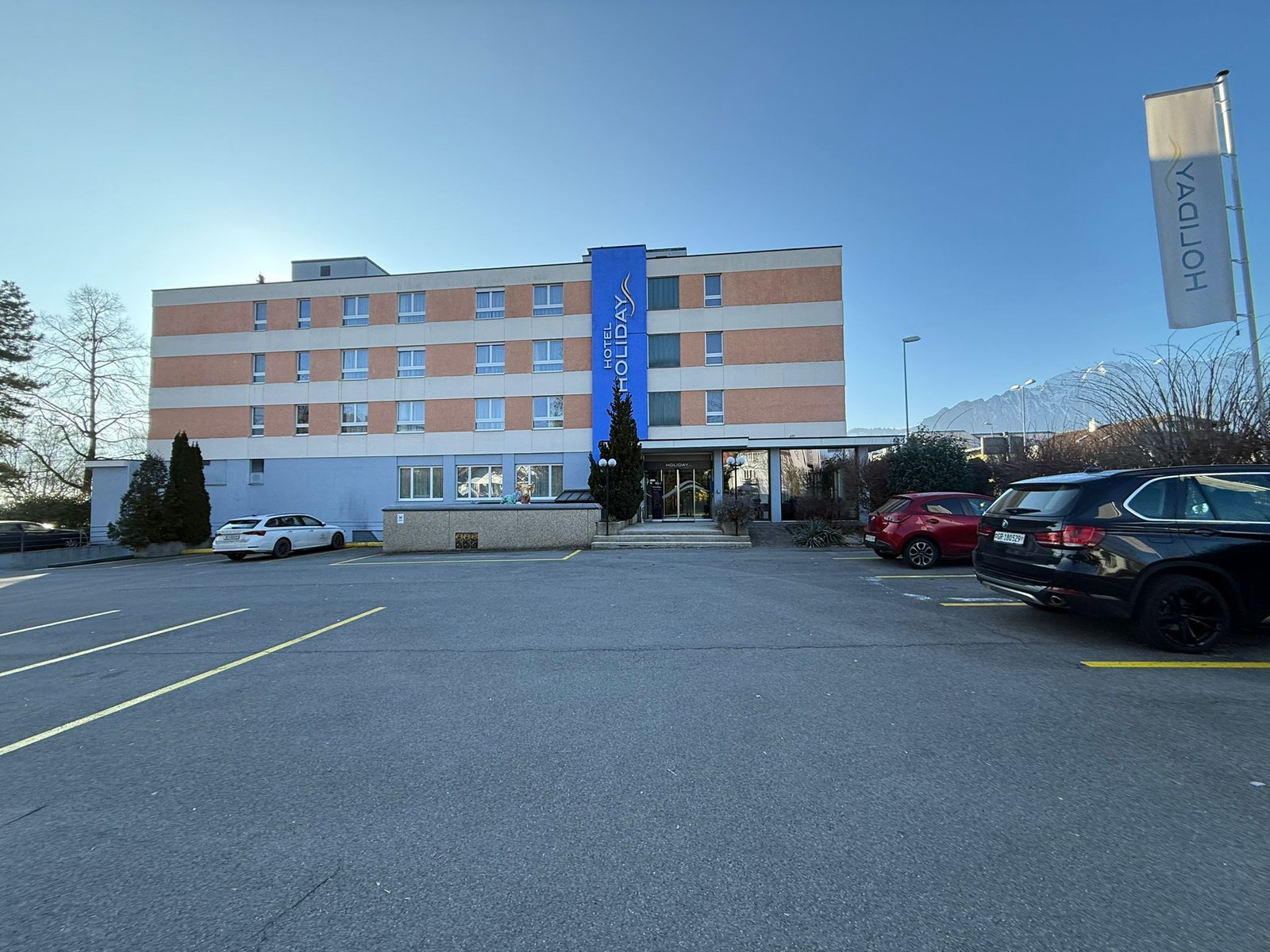Staying ahead in the highly competitive hotel industry requires more than just excellent service – it requires smart pricing strategies.
How and why hotel prices should be monitored is a crucial issue for hoteliers who want to maximize revenue, optimize occupancy, and outperform the competition.
By continuously monitoring competitor prices, demand trends, and market fluctuations, hotels can dynamically adjust their prices to attract more bookings while maintaining profitability.
This guide explains how and why you should monitor hotel rates and provides actionable insights to improve your revenue management strategy.
Why monitoring hotel prices is important
To understand how and why hotel price monitoring should be done, one must first recognize its importance in today’s market.
Sales maximization
- By adjusting prices to real-time demand, underpricing during peak season and overpricing during low demand are prevented.
- Dynamic pricing strategies ensure optimal revenue per available room (RevPAR).
Remain competitive
- By monitoring competitors’ prices, you can position your hotel attractively.
- By avoiding price differences with competing hotels, booking losses are avoided.
Demand forecast
- Historical and real-time price data helps predict future trends.
- Strategic promotions can be planned for periods of low occupancy.
Long-term business growth
- Data-driven pricing builds customer trust and loyalty.
- Informed decisions lead to sustainable profitability.
Main benefits of hotel price monitoring
When considering how and why you should conduct hotel price monitoring, it is important to understand the benefits:
Sales optimization
- Real-time adjustments increase profitability.
- Automated tools prevent human errors in pricing.
Competitive advantage
- Benchmarking against competitors ensures market alignment.
- Identifying price gaps helps attract more guests.
Improved occupancy rates
- Strategic discounts during periods of low demand increase bookings.
- Dynamic pricing ensures that rooms are filled without any loss of revenue.
Improved customer satisfaction
- Fair pricing improves guest perception.
- Personalized promotions increase repeat bookings.
How to effectively monitor hotel prices
Now that we’ve explained why hotel price monitoring is so important, let’s look at how to implement it successfully.
Step 1: Identify the main competitors
- Analyze hotels in your location by star category and target audience.
- Track OTAs (online travel agencies) like Booking.com and Expedia.
Step 2: Use automated pricing tools
- Manual tracking is inefficient – use revenue management software.
- Tools like Sisgroup’s price monitoring solutions provide real-time data.
Step 3: Analyze market trends
- Monitor seasonal fluctuations, local events, and shifts in demand.
- Adjust prices based on historical data and forecasts.
Step 4: Implement dynamic pricing
- Use algorithms to automatically adjust rates.
- Strategically offer last-minute deals or early bird discounts.
Step 5: Continuously optimize strategies
- Review key performance indicators regularly.
- Test different pricing models to find the best approach.
The best tools for monitoring hotel prices
To effectively implement hotel price monitoring, using the right tools is crucial.
Revenue Management Systems (RMS)
- Duetto, IDeaS, RevPar Guru – Automate price adjustments.
Tools for benchmarking competitors
- OTA Insight, STR, PriceLabs – Track competitor prices in real time.
Customized solutions from Sisgroup
- Tailored pricing strategies based on AI-powered insights.
- Comprehensive reports for data-driven decisions.
How to adjust pricing strategies based on data
Knowing how and why to monitor hotel prices is only half the battle—applying the insights is crucial.
Peak vs. off-peak prices
- Increase prices during periods of high demand (festivals, holidays).
- Offer discounts during off-season to maintain occupancy.
Adjustments based on competition
- If competitors lower prices, match them or increase value (free upgrades, perks).
- When demand is high, maintain prices or increase them slightly.
Demand-oriented pricing
- Use historical data to predict booking peaks.
- Dynamically adjust prices to real-time demand.
Case study: Successful price monitoring in practice
A luxury hotel in Zurich used Sisgroup’s price monitoring tools to:
- Increase RevPAR by 22% in six months.
- Reduce empty rooms on weekdays with targeted promotions.
- Outperform your competition by adjusting prices in real time.
Common mistakes to avoid when monitoring hotel prices
Even if you understand how and why you monitor hotel prices, mistakes can happen.
Ignoring competitors’ prices
- If benchmarking is not carried out, bookings are lost.
Excessive reliance on manual tracking
- Automation ensures accuracy and efficiency.
Neglecting demand trends
- Seasonal changes must influence pricing strategies.
Inconsistent monitoring
- Regular updates prevent missed opportunities.
How Sisgroup can help with price monitoring
At Sisgroup, we specialize in hotel price monitoring solutions that:
✅ Enable real-time tracking of competitor prices
✅ Provide AI-driven pricing recommendations
✅ Deliver actionable insights for revenue optimization
Ready to optimize your hotel’s pricing strategy?
📞 Contact Sisgroup today for a customized solution!
Conclusion and next steps
To remain competitive and maximize revenue, it’s essential to master hotel rate monitoring. With the right tools, analyzing market trends, and dynamically adapting strategies, hotels can achieve long-term success.
Act now:
🔹 Identify your key competitors.
🔹 Invest in automated pricing tools.
🔹 Partner with Sisgroup and get expert advice.
📩 Contact Sisgroup today to transform your pricing strategy!








